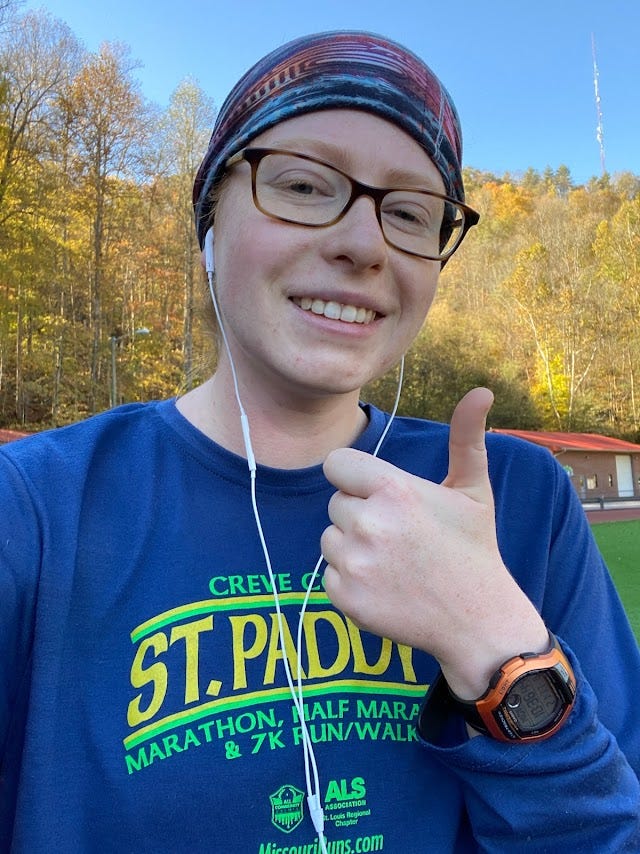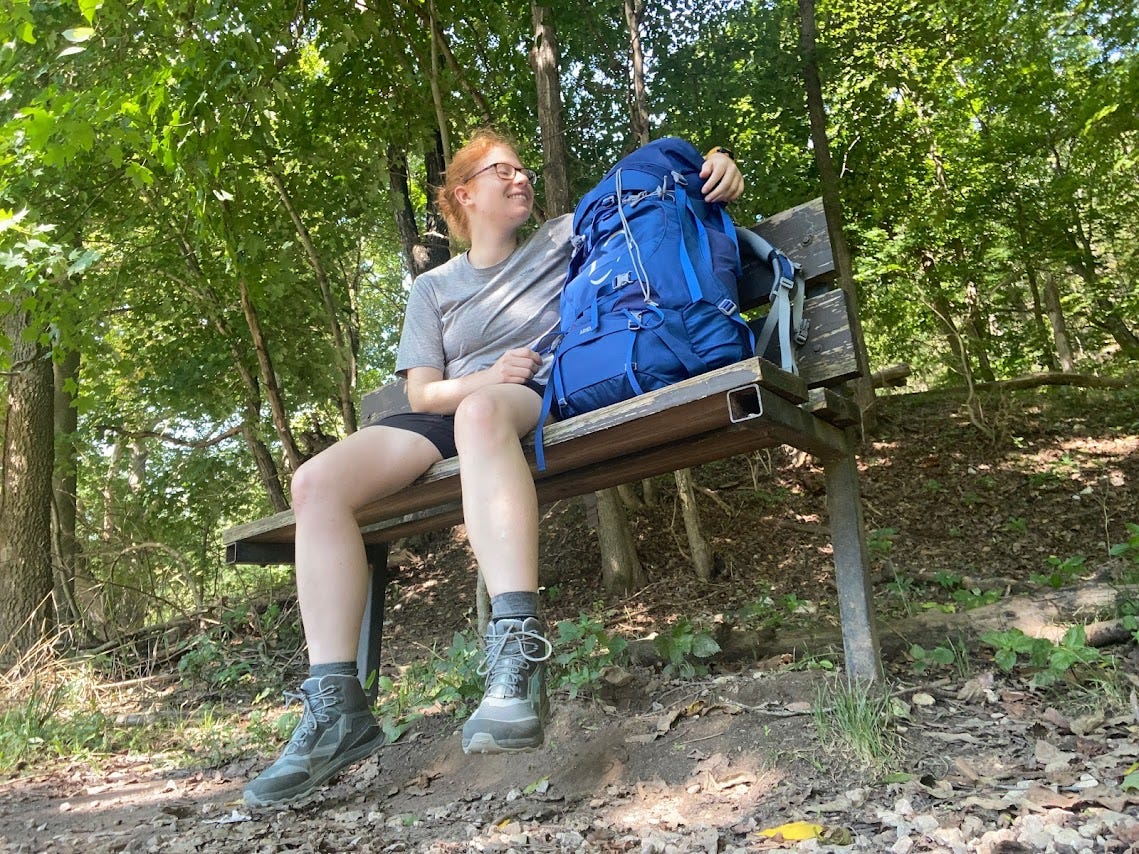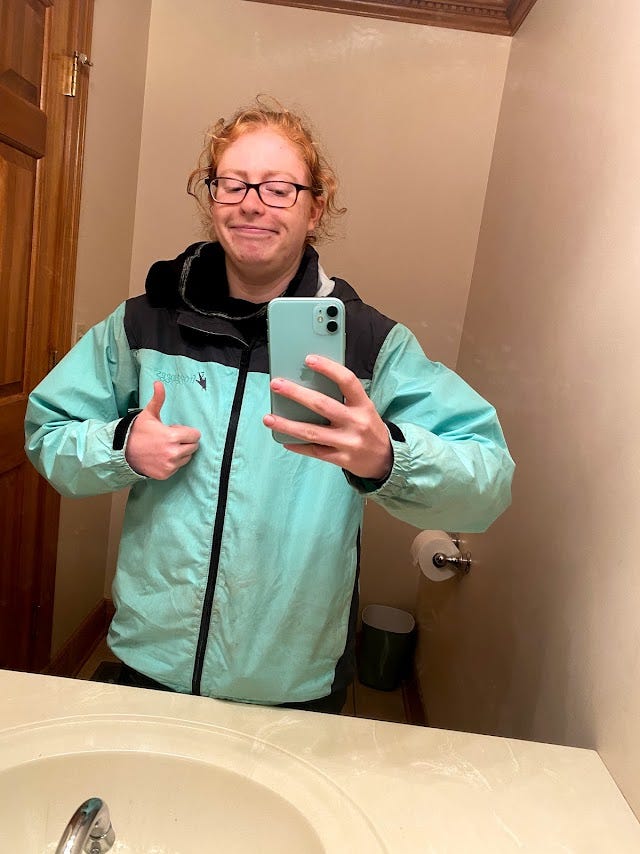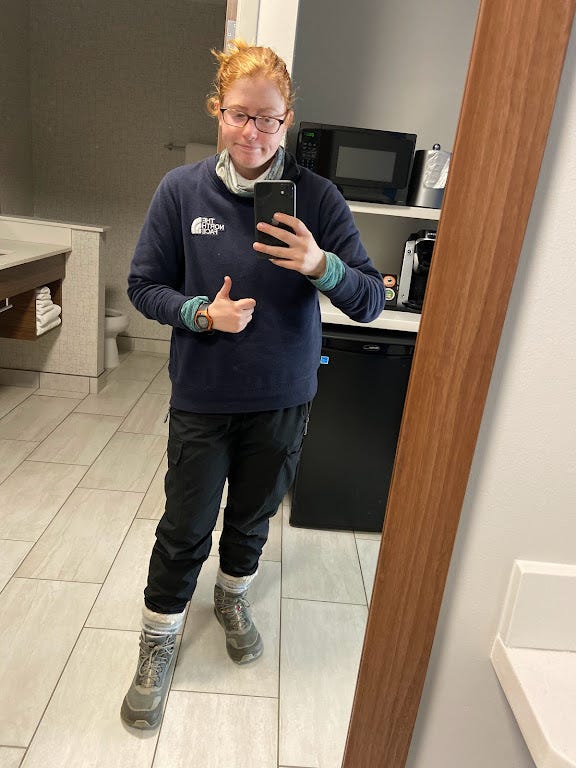The following post was initially published in the middle of 2022.
I have decided to republish it now, three years later, with additional edits because new events have come to light about this topic. For my next post, this coming Sunday, I will write more about these new developments and provide a deeper level of insight into my experiences. I will also give my honest opinions about this type of controversial treatment for adolescents and why no one should support it.
All right, I think I am finally ready to talk about this. The second half of 2021 was a very weird time for me. The shock waves from the pandemic, coupled with a mid-twenties crisis, left me feeling super dissatisfied with where I was in life. I remember having all this pent-up energy and angst and just desperately wanting a change of some sort. The mind-numbing cycle of school and work added to this restlessness; my body was craving something different, so I decided to listen.
Next thing I knew, I was applying to jobs in other states and ended up getting offered a position as a wilderness therapy guide in North Carolina. I think in my head I wanted this to be a long-term thing, so I made plans to eventually move out there. But I knew in my heart I was just looking for a temporary change, a palate cleanse before moving on with my education. And that is what ended up happening.
In this post, I want to go into greater detail on what it was like having this type of nontraditional job. There are pros and cons, many of which I had no idea existed until I was actually in the role. I mistakenly didn’t do much research on what the job would entail either, so there were many “what the heck have I gotten myself into” moments. Because of that, I hope to provide straightforward, realistic feedback on what my experiences were like. So, let’s get into it!
By the way, I do not have any pictures of me in action as a wilderness therapy guide, so please enjoy photos of me around this time in my life when I was not in the field.
What is Wilderness Therapy exactly?
For anyone who doesn’t know, wilderness therapy is a controversial treatment method generally used for adolescents with a variety of behavioral, substance abuse, and mental health issues. The purpose is to take groups of these at-risk individuals into the backcountry and provide them with the tools necessary to regulate their emotions under the supervision of guides and therapists (sounds legit, but it’s actually incredibly harmful for everyone involved). These kids often learn various survival skills like tree/plant identification, fire starting, and bow drilling as part of their treatment as well.
Depending on the program, they might even be offered equine therapy, adventure therapy (fishing, rock climbing), and ways to continue their education while away from school (reading, science, and history lessons). However, the basis of their rehabilitation encompasses time spent in nature. For days and weeks at a time, these kids are rigorously backpacking involuntarily, often without prior outdoor experience. The bottom line, programs like these are extremely intense and are not meant to be pleasant or comfortable, for you or the kid.
Oftentimes, parents who feel like they have no other choice for their struggling children send them to these programs as a last resort. This type of treatment is typically not covered by insurance and can cost thousands of dollars. Where I worked, for three months of treatment, it cost $60,000 per kid. Despite this, staff were incredibly undertrained and underpaid for their positions. The gear and items each kid had to use were, by far, not the best as well. If this gives you any perspective, for sleeping pads, kids were forced to use thin yoga mats.
As far as the job description goes for a wilderness therapy guide, most programs require guides to commit to a “one week on/one week off” or a “two weeks on/two weeks off” schedule. This is not only from a convenience standpoint, as guides will be monitoring the kids nearly 24/7, but also as an opportunity to build rapport with the kids as well. Guides spend the most time with the kids (way more than the therapists do) and also keep the group under control. While it’s important to build relationships with the kids to help the shift run smoothly, it’s worth noting that staff members are not properly trained for the massive demands of the job. I had exactly two days of training before I was expected to regulate emotions and provide one-on-one check-ins.
Guides also often need to be First Aid/CPR certified as well as trained in CPI (Crisis Prevention Institute) techniques. Because most kids have problems managing their behavior and anger, they can be a risk to themselves or others at times. It is not uncommon for guides to intervene and physically restrain a kid if they are a danger to themselves or the group. Restraining a kid was the most traumatic part of the job; putting kids in a position where they are so stressed that they lash out at themselves or others is a huge sign that the conditions of the program are not working. As a side note, a Wilderness First Responder Certification was not required for the program I worked for, but this may be different for other programs. I also only needed a high school diploma, however, I think other programs require an undergraduate degree.
The nitty-gritty on babysitting teenagers in the woods
Daily tasks while on a shift in the field revolve around two important components: safety and supervision. Safety is the main reason why the wilderness therapy guide position exists. A guide’s main role is to supervise the group members at all times. This includes being able to monitor them visually as well as auditorily. This is difficult, especially if the staff-to-client ratio surpasses 1:3 (one guide for every three kids). This happened very often while I was working as a guide. It wasn’t uncommon for there to be only two staff members watching over ten kids at a time.
A typical day involved me having eyes and ears on the kids all the time as well as tending to their immediate needs or crises. I was also responsible for cooking or preparing three meals a day for the entire group. At the end of the day, it was my job to get them ready for bed as well as check on them a few times during the night if it was my turn (staff members rotate night checks duty throughout the shift).
This all sounds easier said than done, but in reality, the job demands can be very mentally taxing and frustrating. Most of my time was spent keeping the kids in line and making sure they didn’t try to kill each other. If anyone knows what Enneagram is, I am a personality type 9, which means I avoid conflict or situations where I have to be assertive like my life depends on it. So, it was exhausting always reprimanding the kids and having to go beyond my comfort level to maintain homeostasis within the group.
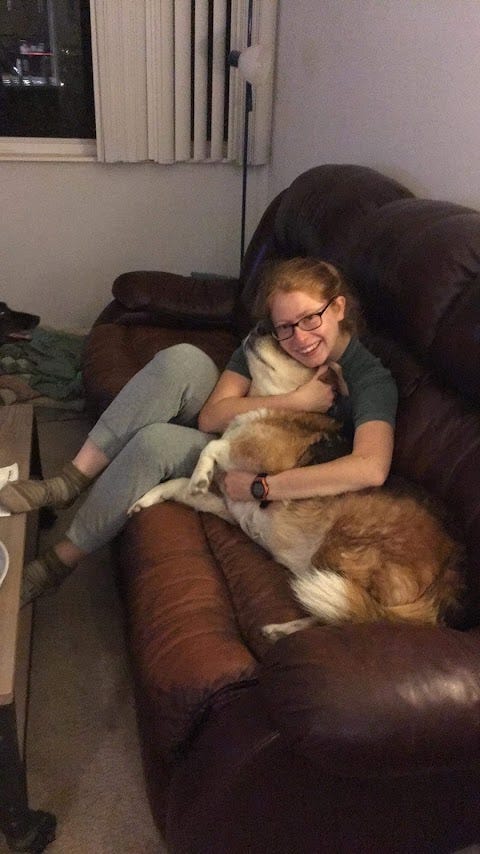
Imagine being a babysitter for ten screaming teenagers in the woods while it's raining and trying to get them to hike from point A to point B with someone stopping every ten feet because they’re tired, upset, or having a panic attack that you have to de-escalate. That’s exactly what it felt like 85% of the time while I was employed as a guide in North Carolina.
In a nutshell, it was a really hard job, but that doesn’t mean there weren’t some cool moments either. When one of the kids finally busted a coal on their bow drill set that they made from scratch for the first time, or when the group was all getting along, laughing, and singing Oliva Rodrigo songs in British accents, or when a kid wanted to check in alone with me and was super vulnerable, these were all the moments I loved most about working there. These moments were very fleeting.
The backpacking aspects of the job were also what I loved. I cowboy camped for the first time as a guide, and it was one of the most mind-blowing experiences ever. Sleeping out under the stars, miles away from lights or civilization. This was the stuff my heart and soul ached for. The beauty of rural North Carolina in the Appalachian Mountain range is unmatched by anything else and reminds me of where I grew up. It was raw, I was feral and gross, and I loved it. These moments were also very fleeting.
How to overextend yourself 101
So why did I leave? There were a lot of different reasons but the biggest and most surprising one was that I missed my partner like crazy when I was out there. For those who don’t know, I am in a relationship, and being away from the person I love the most for weeks at a time broke me. To put this into even more context, guides are not allowed to have their phones with them while on shift. The main point of this was so that the guides could have a paralleled experience along with the kids because they weren’t permitted to have their phones either.
Therefore, I was not in contact with any of my family members or loved ones while I was working for a week straight. It was tough and completely unexpected for me to feel this way, but as I talked with other staff members in a similar position as me, they experienced many of the same feelings.
Another reason was that this job was taking a massive toll on my mental health. As a guide, you’re put in this sticky position where the kid’s needs always come before your own. I started to not prioritize my recovery or self-care (both on and off shift) as much as I should have, which put a lot of stress on my body. As a result, I mentally and physically felt like shit all the time and would get awful migraines from not eating, drinking, or sleeping enough. It just got to a point where this job was becoming unsustainable, so I decided to quit after a few months.
I still wanted to move to North Carolina and be closer to my family, but that didn’t pan out either when something came up with my partner, which required them to stay in St. Louis. So I came back to the Midwest begrudgingly, yet I’m making the most of it. If all goes as planned, I should be able to graduate from college by 2025. After that, hopefully, I can start living the life I want…whatever that looks like, as long as it involves my dogs and the mountains. I finally graduated; still working on being in the mountains with dogs full-time.
Is being a personal, therapeutic punching bag for you?
To wrap this up, being a wilderness therapy guide better suits people following or wanting to follow a dirtbag kind of lifestyle, someone who does not like typical nine-to-five jobs, and someone who isn’t tied down to pets, a partner, or a family. However, it comes with a lot of stress and the shame of contributing to the trauma of children. In my opinion, wilderness therapy programs should not exist. They do more harm than good.
These types of jobs have an extremely high turnover rate for a reason. If this gives you an idea, I was hired with 11 other people. As far as I knew back then, only two were still working there when I quit, and many staff members I met who also started around the time I did had already left. It was rare for someone to last a whole year; I was there for only a few months.
To close out this post, I want to make known that I fully regret having worked as a wilderness therapy guide. The program I was employed at was closed recently due to an extremely horrific event that occurred there as a direct result from the inhuman methods that were used to keep the kids in line. I will explain more in my next post.
Thanks for reading and be sure to tune in on Sunday for another post.
See you out on the trail!




